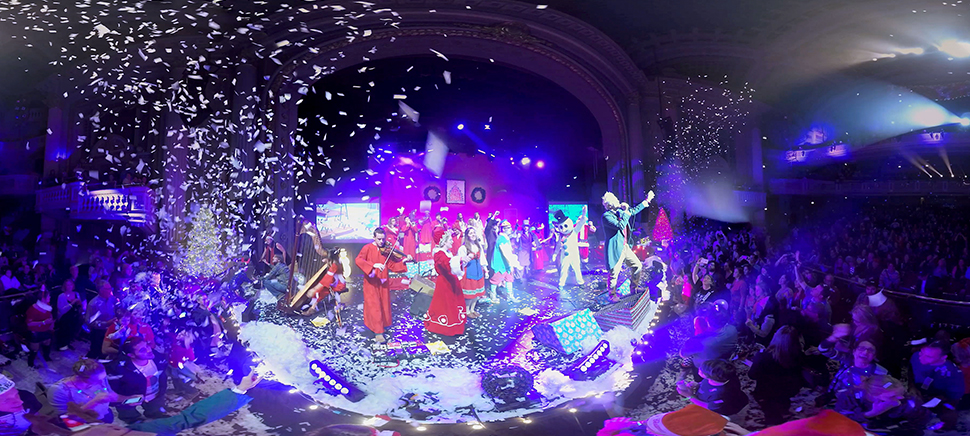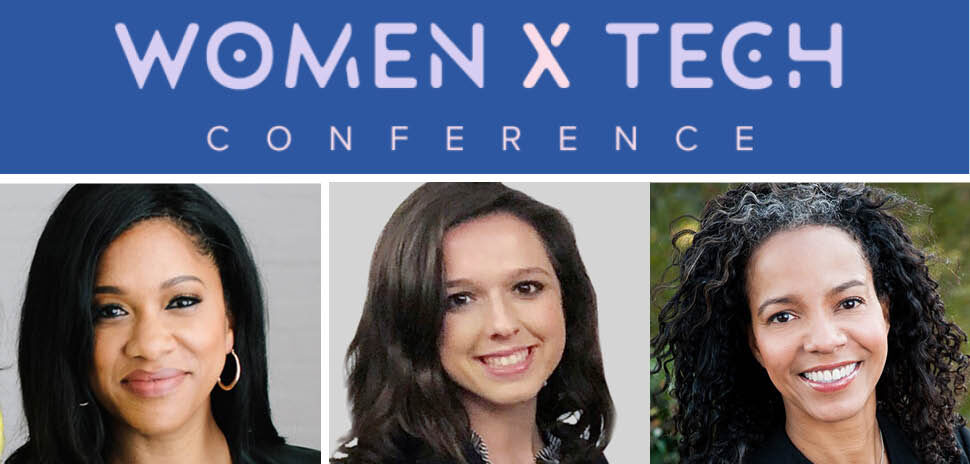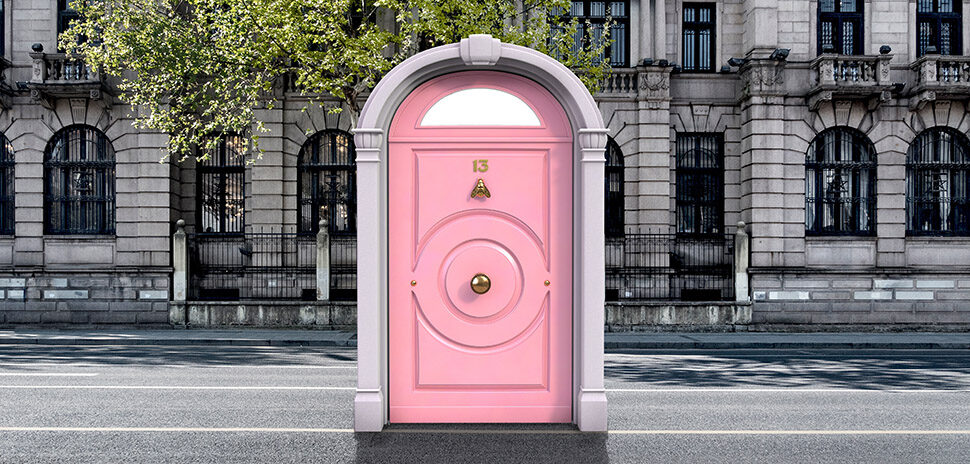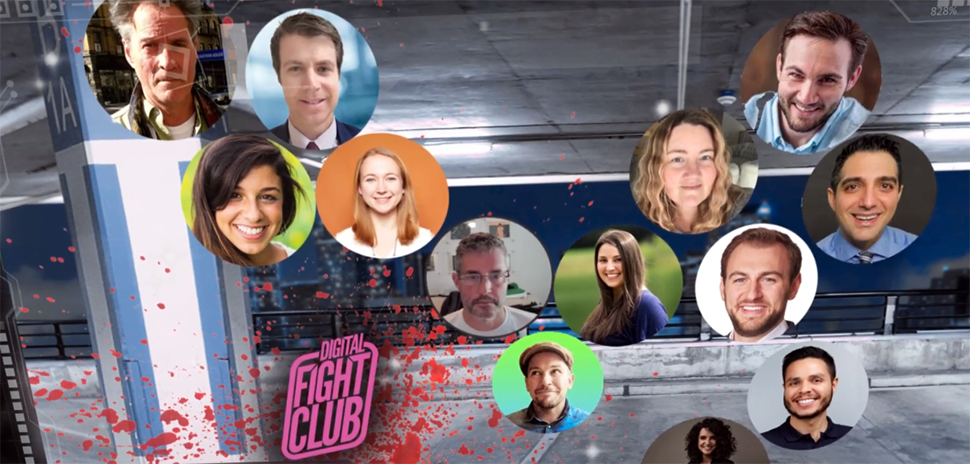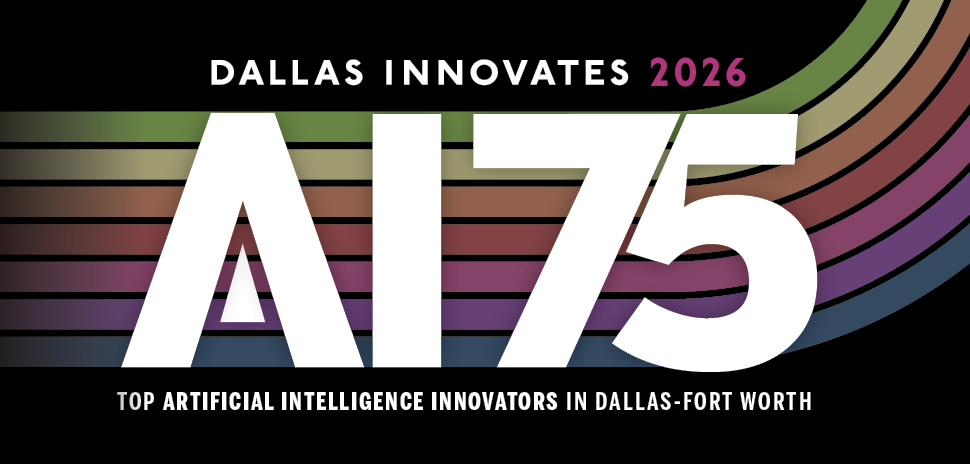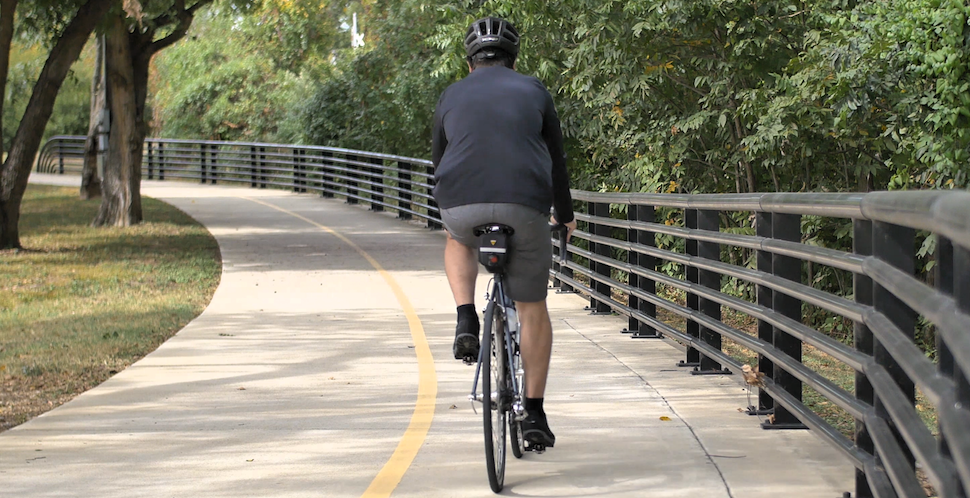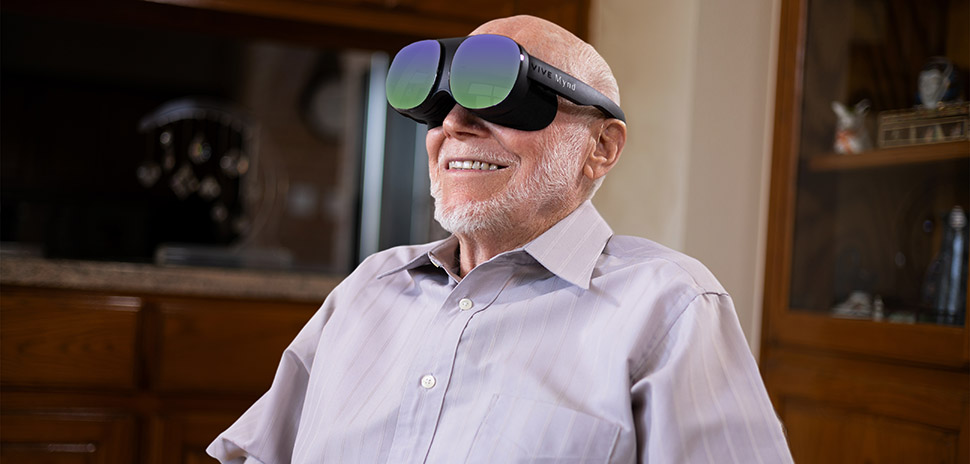At first, it looks like any other video. Tim DeLaughter, frontman of the Polyphonic Spree, begins singing a Christmas song. The multiple-member band strikes up. People in costumes come through, and then the video cuts to a scene in the lobby of the Majestic Theatre.
What’s the big deal?
Take a look at those arrows in the top left corner (and be sure you’re using the highest setting). Click on the arrows, and scroll around the theater. Suddenly, you’re in the middle of not only the concert, but the crowd, the lobby, the action.
This, folks, is the future of videography. It’s live-action Virtual Reality, and Reel FX, an animation and visual effects studio in Deep Ellum, is leading the way.
“This experience is all encompassing, promoting the possibilities of being submerged in the moment as if you were one of the members of The Polyphonic Spree,” says Tim DeLaughter of the Polyphonic Spree.
Though Reel FX has been doing VR for clients for about three years, it’s wanting to expand into more live-action concepts. The company, which has a Virtual Reality Lounge in its office, has been experimenting with events and DJ sets.
They took their equipment out to Aurora, a contemporary art exhibition that took place in the middle of the Arts District last winter, and did some shooting. Then they set their sites on a concert. But not just any concert. They wanted the granddaddy of all concerts: Polyphonic Spree’s Holiday Extravaganza at the Majestic Theatre. Why choose this band? “Everyone loves the Polyphonic Spree,” says Tiffany Kieran, senior marketing and outreach manager at Reel FX.
The actual filming is a bit more involved than the typical camera setup; yet, it’s less intrusive. “The technology is very young still,” says Kevin Althans, director at Reel FX. “Rather than just shooting one small portion of the world, you shoot all of it at once. It’s literally putting your head in one direction and capturing all of it.”
Some of their cameras fit in your hand; others are the size of refrigerators. One of their go-tos is basically a bundle of GoPros facing outward. For the Polyphonic Spree concert, the team used 18 cameras (three separate rigs with six cameras each). “We were able to position them on the stage so we could let the viewer feel like they were part of the experience. In this case, we needed to be low profile so we didn’t interfere with the audience,” Althans says. This intimacy did have two issues, though. “The Santa Claus and the elf were moving a lot. It took a little more effort to make those work,” he says.
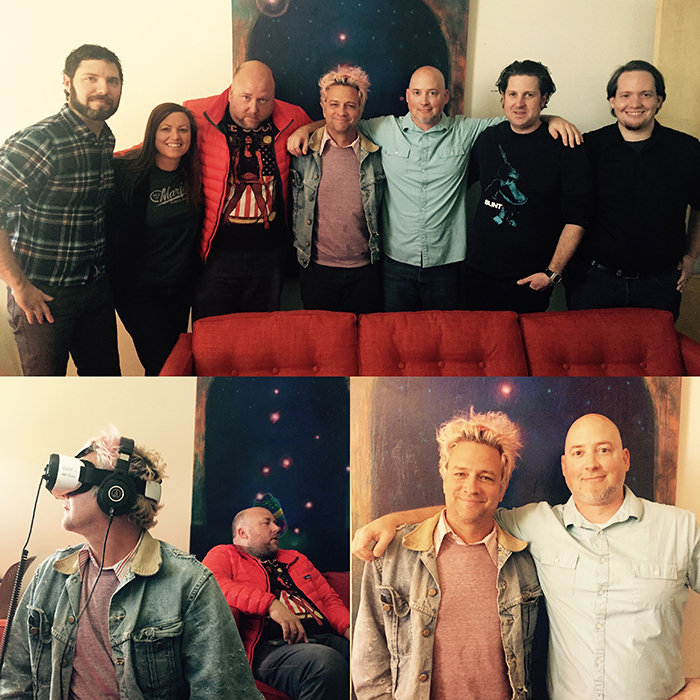
Polyphonic Spree in Reel FX’s Virtual Reality Lounge. Photo courtesy Reel FX VR.
Though it may require a few more cameras, a plus of shooting live-action VR is that you don’t set up lights—it would be impossible to set up enough. Therefore, the option of blending in is possible. And the budget for lights can go into editing, which is similar to traditional videography, but does take a little more time and a slightly different approach. “When you cut things, you need to consider where the gaze is looking. You can’t predict where the viewer will be looking at any given time,” Althans says.
For clients and musicians, the end result is worth a few more cameras onsite. “This experience is all encompassing, promoting the possibilities of being submerged in the moment as if you were one of the members of The Polyphonic Spree,” says Tim DeLaughter of the Polyphonic Spree.
With its first live band performance under its belt, the Reel FX team is looking at what’s next. Althans will be at South by Southwest in March to talk about the good and bad of VR for causes. He predicts the next two years will be huge for the industry. “Within the next two years, it’s going to achieve a market penetration where it’s going to start accelerating to the point of being commonplace very quickly,” he says. “The determining factor is the number of high-end headsets that are out there. Right now, it’s an early-adopters’ space. The barriers to entry can be high.”
For a daily dose of what’s new, now, and next in Dallas-Fort Worth innovation, subscribe to our Dallas Innovates e-newsletter.

